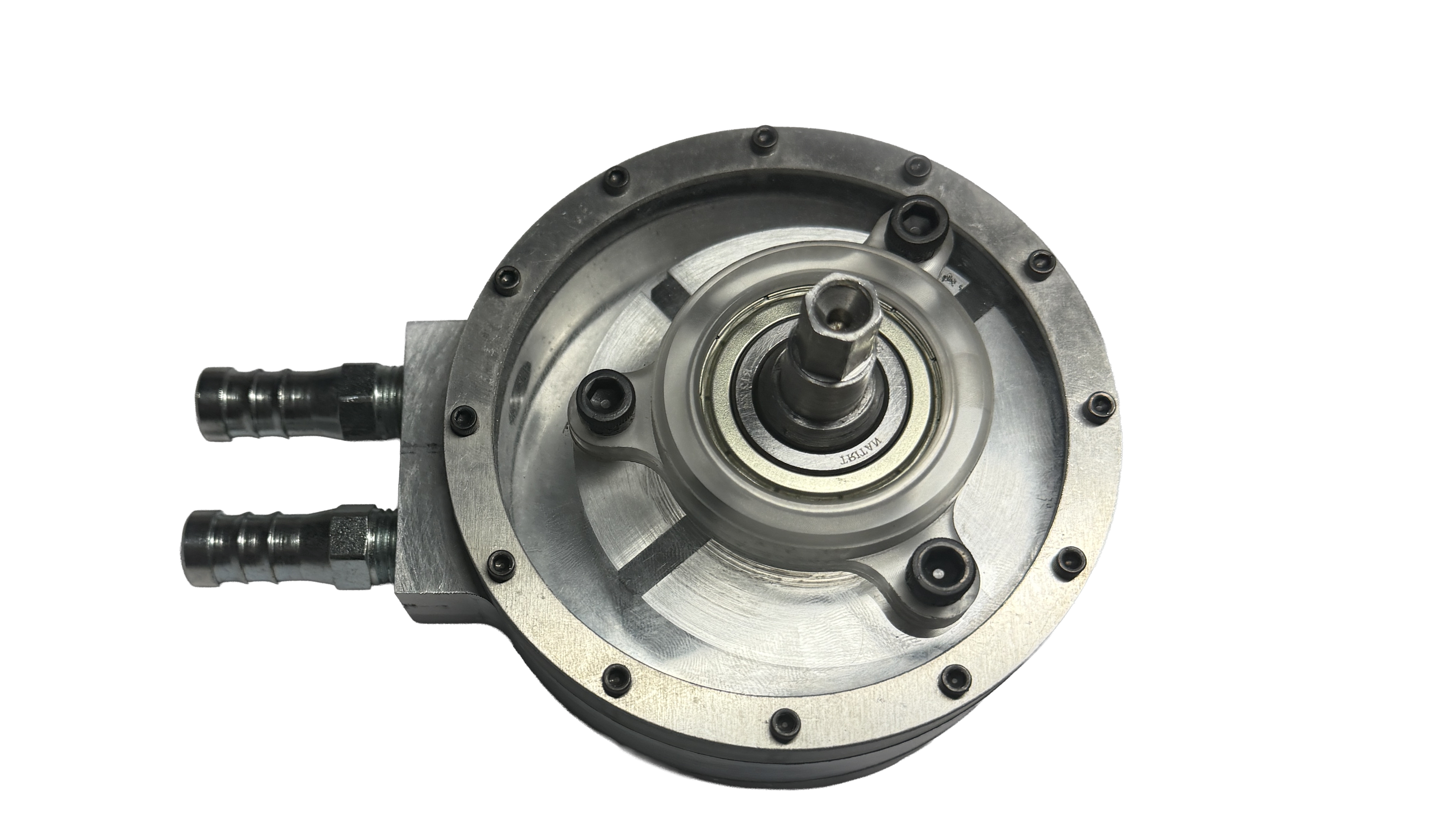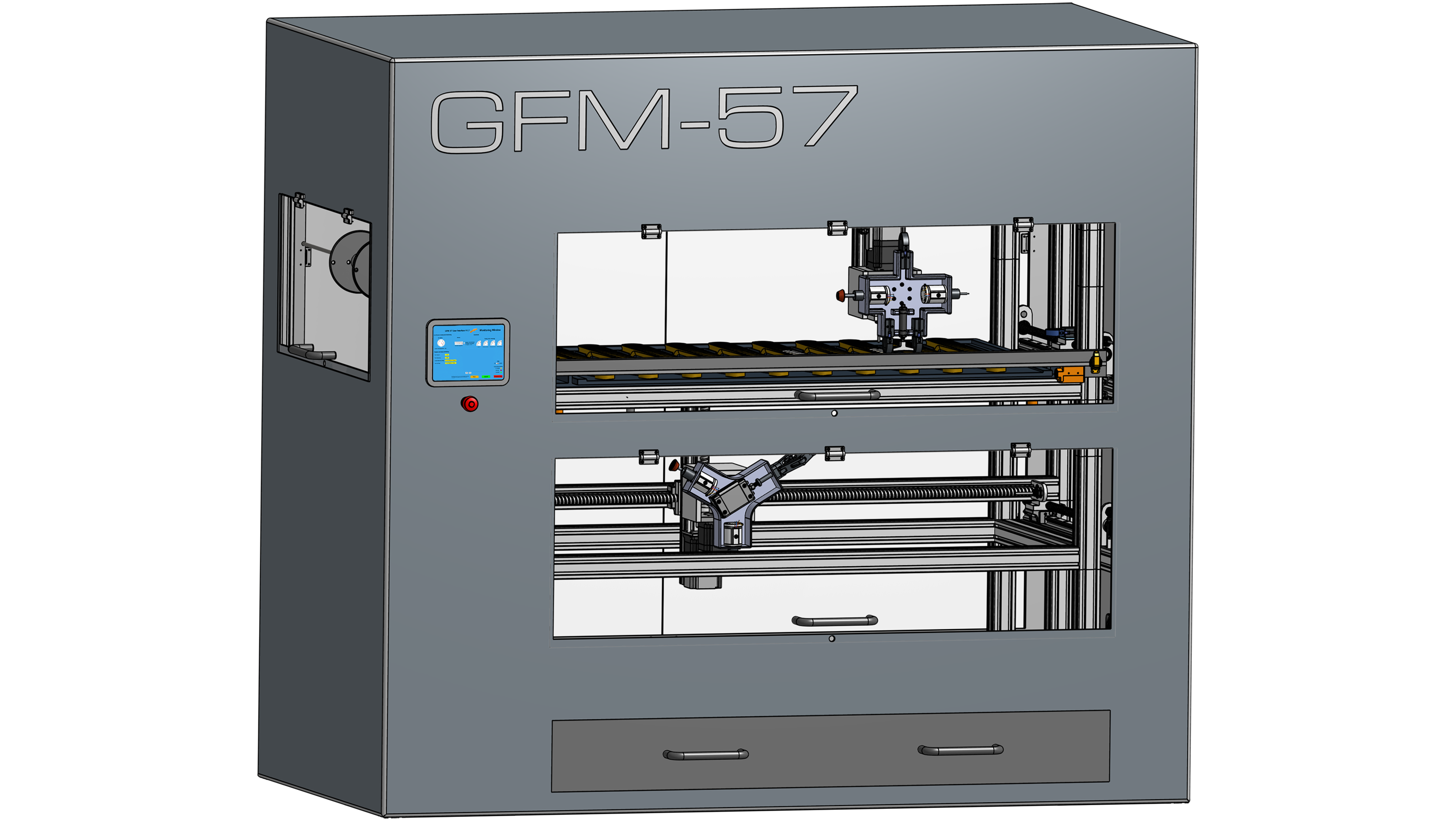This project entailed the design and validation of a spreadsheet-based computational analysis of the Saturn-V first stage ascent burn. This control volume analysis was driven by the Reynold's Transport Theorem.
The Saturn V's ascent was powered by five Rocketdyne F-1 engines. The Saturn-V was a significant human engineering achievement, and remains so more than half a century after it was retired. Despite its lengthly operational history (1967-1973) - which included eleven manned launches and six moon landings - the platform experienced no catastrophic in-flight failures leading to loss of human life.
The primary objectives of this analysis are detailed below:
1. Determine the exit velocity of the Rocketdyne F1 engine
2. Model the velocity of the control volume with respect to time, through
the course of the S-IC ascent burn, from sea-level to 60 Km elevation
3. Model drag coefficient (Cd) vs. Mach number (Ma)
4. Model drag coefficient vs. acceleration
5. Model the net mass of the vehicle between T=0 and the termination of the S-IC burn
Ultimately, the computational tool developed for this project proved to be highly-accurate. All outputs produced align well will available historic reference values for the Saturn-V's flight performance metrics (available on NASA.gov).
The complete detailed report can be downloaded below, or viewed in-page by scrolling.





